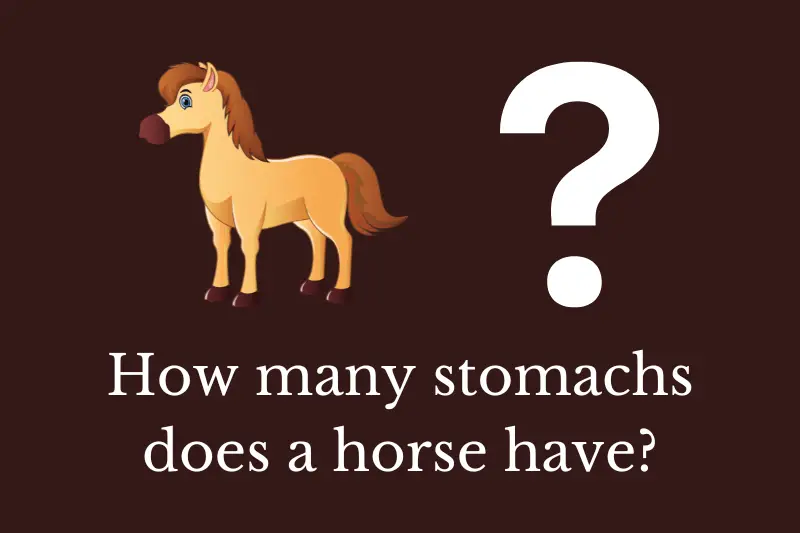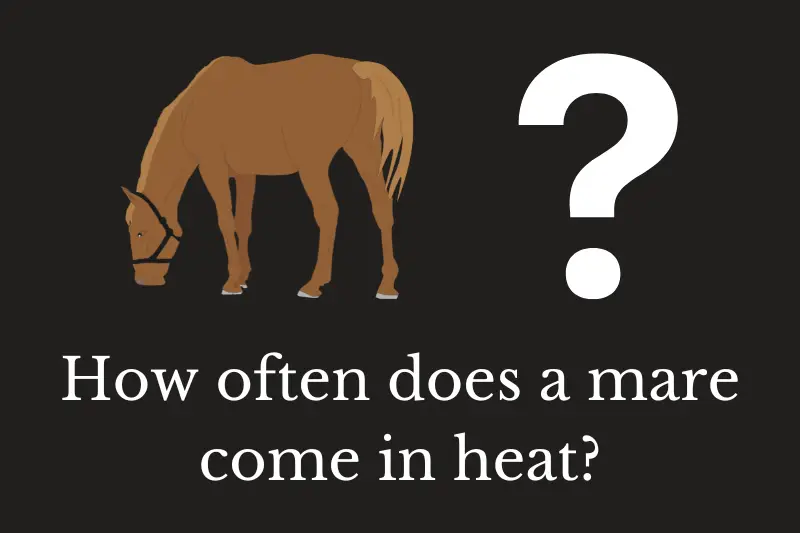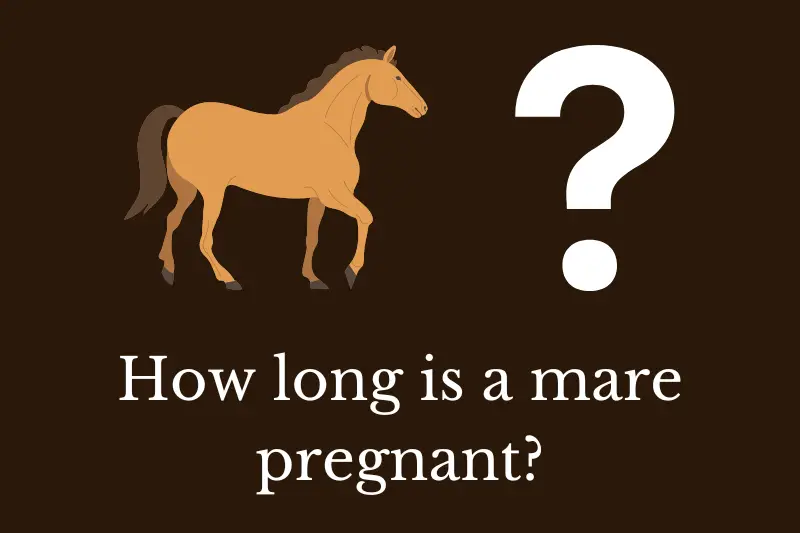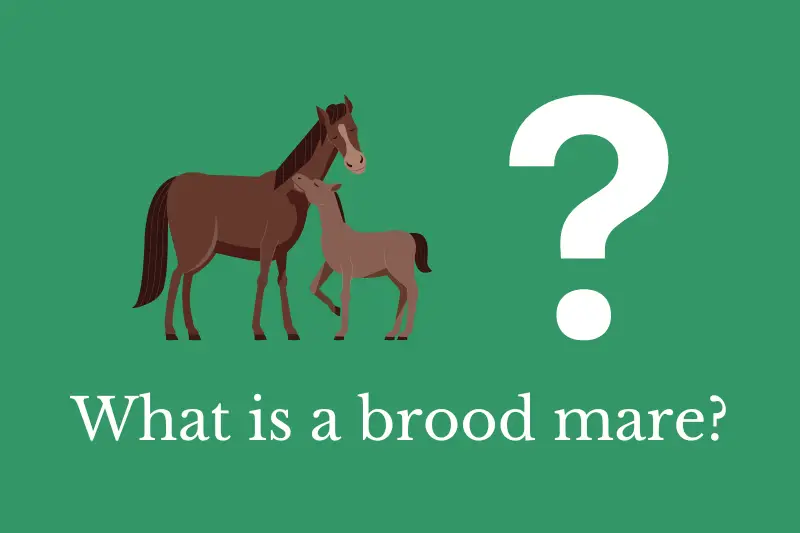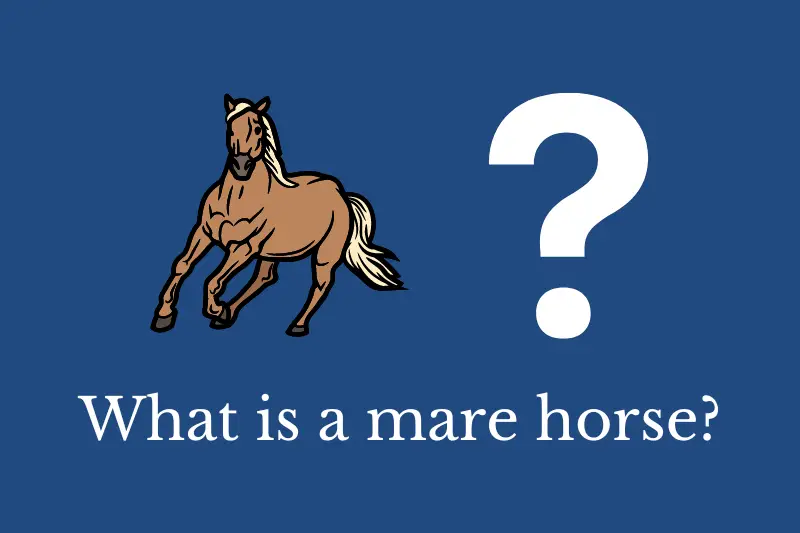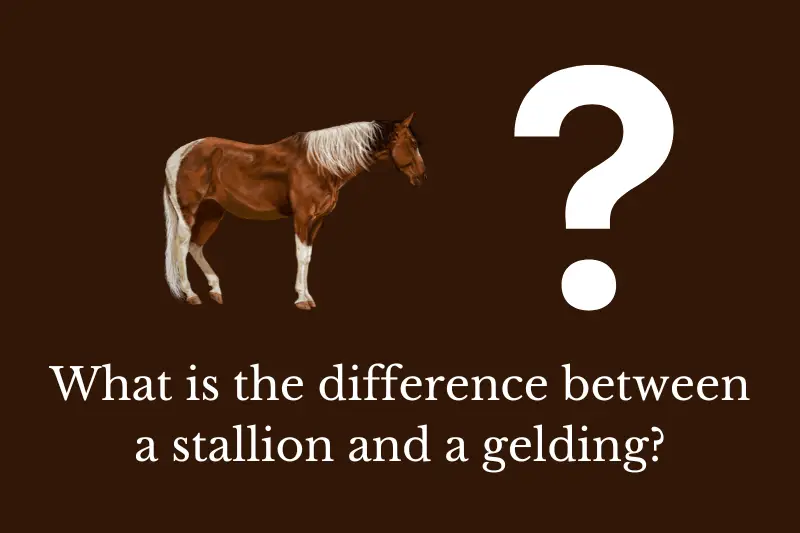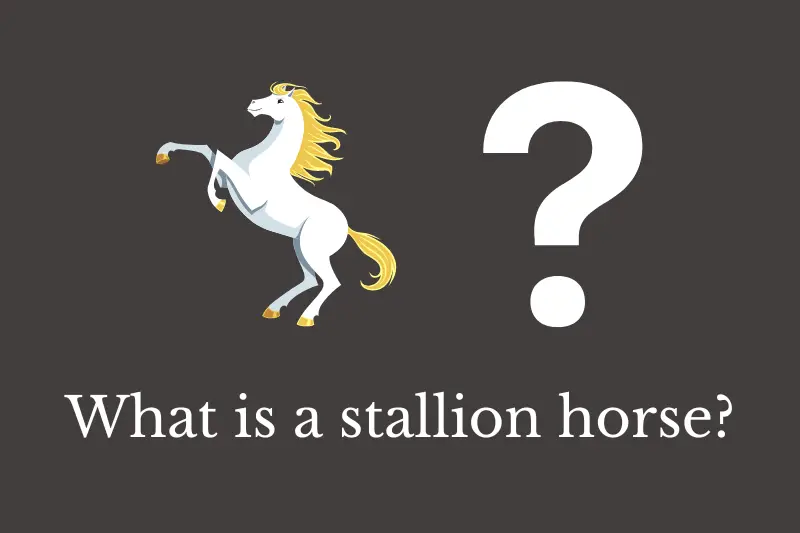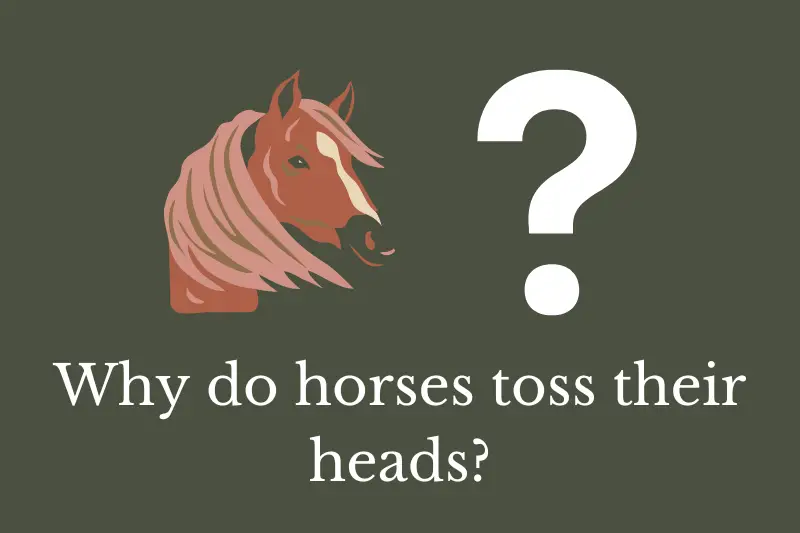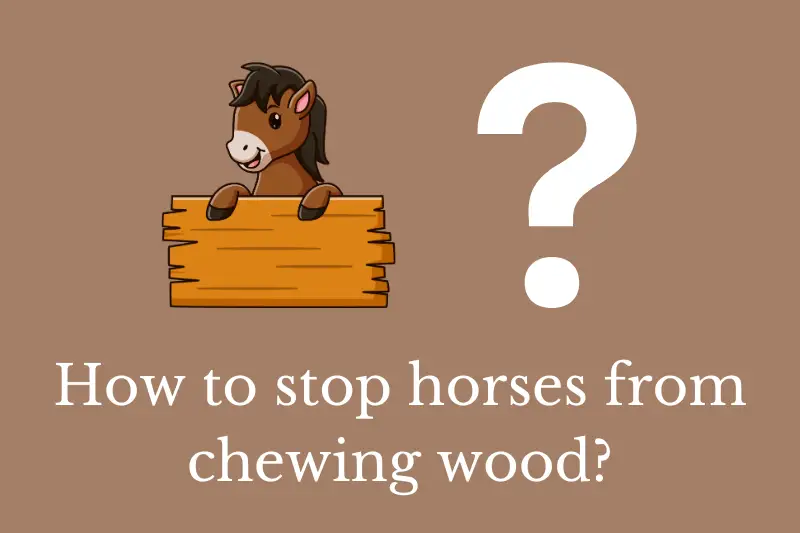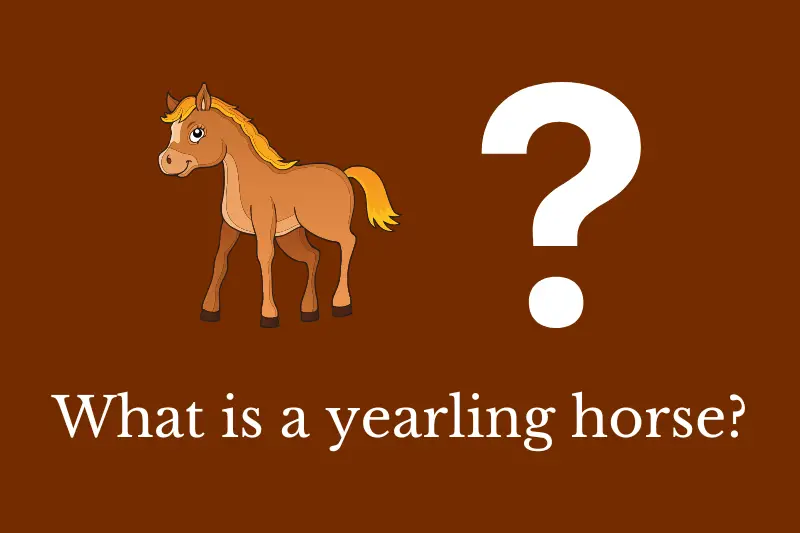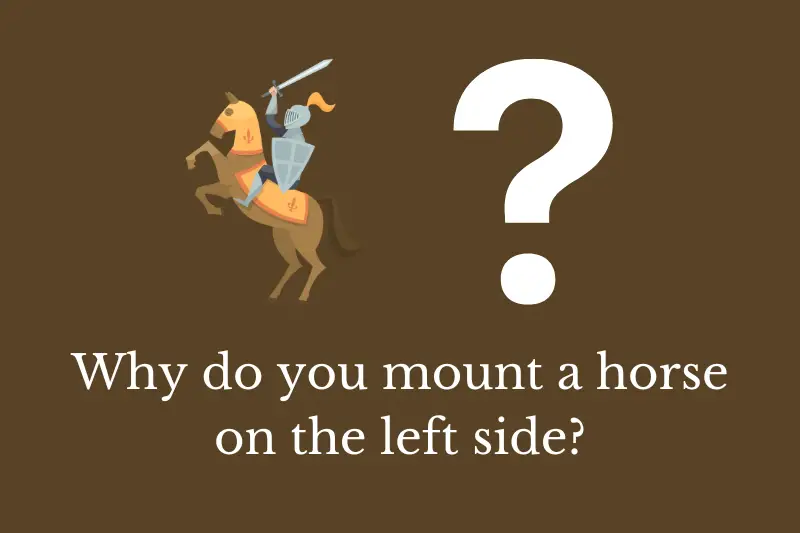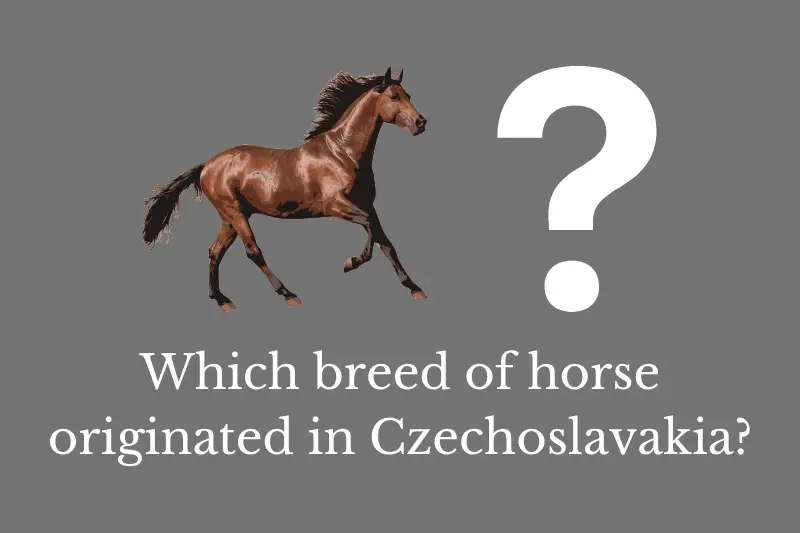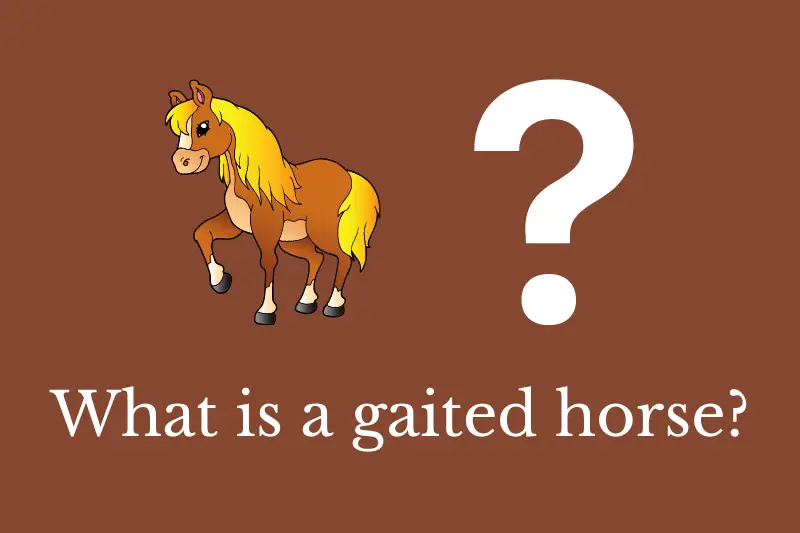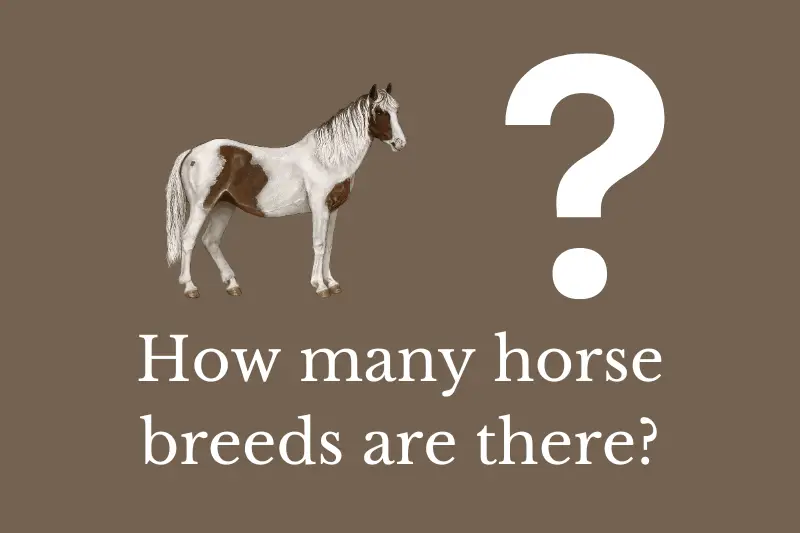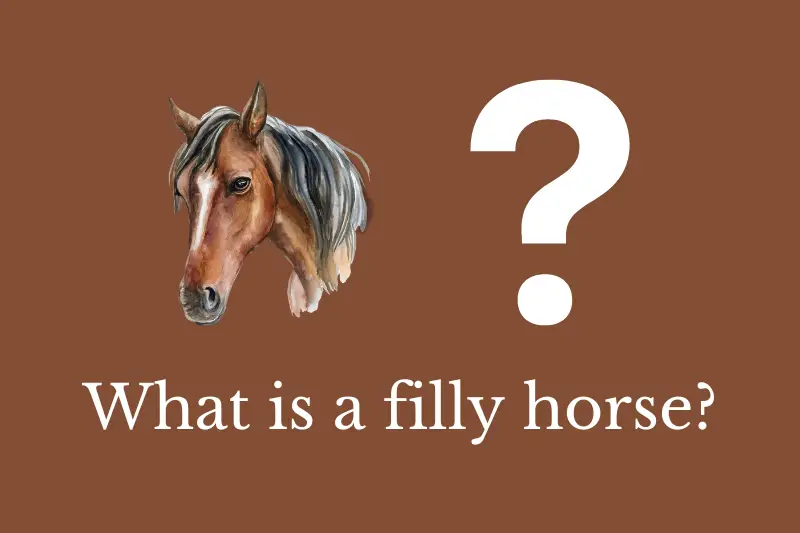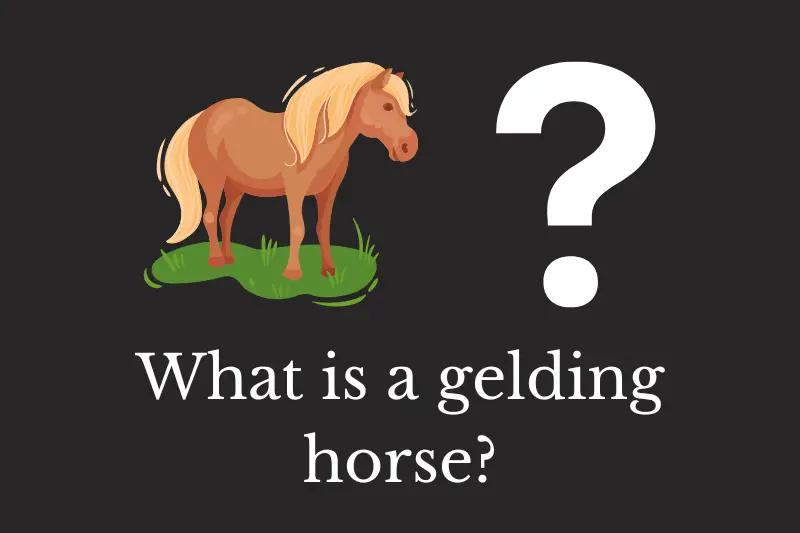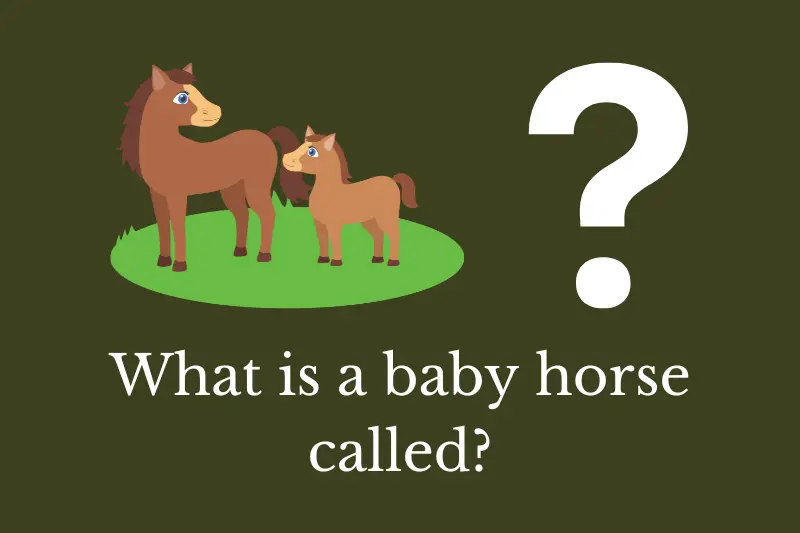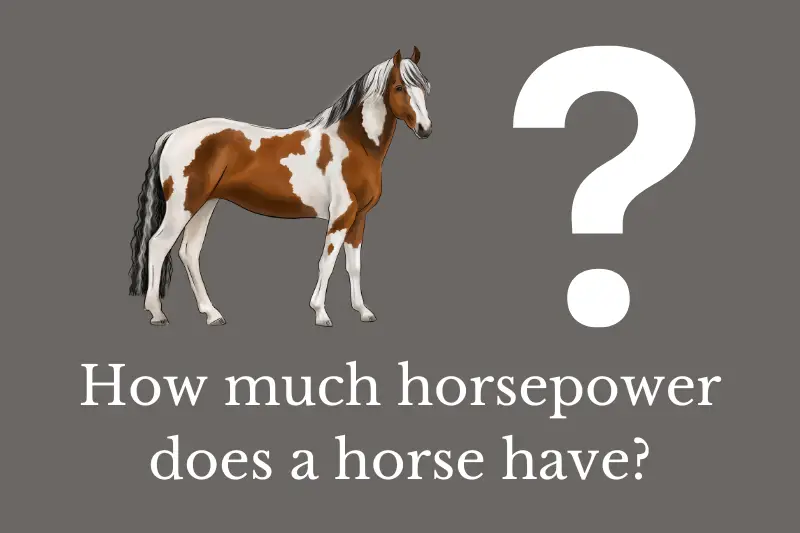Contrary to popular belief, horses do not have multiple stomachs like cows or sheep. Instead, they have a large, complex digestive system that allows them to extract nutrients from fibrous plant material.
How many stomachs does a horse have?
Horses have a single, large stomach that is divided into two sections: the glandular and non-glandular portions. The glandular portion is located at the bottom of the stomach and produces digestive acids and enzymes. The non-glandular portion is located at the top of the stomach and acts as a reservoir for food.
Horses have a single, large stomach that is divided into two sections: the glandular and non-glandular portions.
Because horses are designed to eat small amounts of food frequently throughout the day, their stomachs are relatively small in comparison to their body size. This means that horses are not able to consume large amounts of food at once, and they are at risk of developing digestive problems if they are overfed or if they go too long without eating.
After food leaves the stomach, it moves into the small intestine, where the majority of nutrient absorption takes place. The small intestine is approximately 70 feet long in adult horses and is divided into three sections: the duodenum, jejunum, and ileum. The duodenum is the first part of the small intestine and is where bile and pancreatic enzymes are added to the food to aid in digestion.
From the small intestine, food moves into the large intestine, which is where the majority of water absorption takes place. The large intestine is divided into four sections: the cecum, colon, small colon, and rectum. The cecum is a large fermentation chamber that is responsible for breaking down fibrous plant material. In horses, the cecum is the largest part of the digestive tract, making up approximately 10% of their total body weight.
The colon is the next section of the large intestine and is divided into several parts: the ascending colon, transverse colon, descending colon, and pelvic flexure. The colon is responsible for absorbing water and electrolytes from the digesta, and it also plays a role in the formation of fecal balls.
Finally, the small colon and rectum are responsible for storing and eliminating feces. Horses typically pass manure several times a day, and the consistency and frequency of their manure can be an indicator of their overall digestive health.
Summary
In conclusion, horses have a single stomach that is divided into two sections: the glandular and non-glandular portions. They also have a large, complex digestive system that allows them to extract nutrients from fibrous plant material. The digestive process begins in the mouth and continues through the stomach, small intestine, large intestine, and finally the rectum. Although horses do not have multiple stomachs like cows or sheep, they are still able to efficiently extract nutrients from their food and maintain a healthy digestive system.

